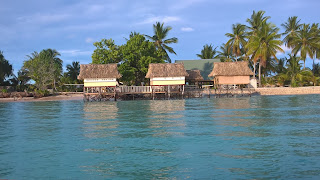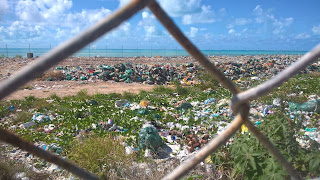Reflections- U to Z

U is for unforgettable! Kiribati is a country that few people back home I spoke to before I came out here had heard of it. It is well and truly off the beaten track and down a dead end cul-de-sac as far as being on a major route for international travel destinations go but it is a truly remarkable place and well worth a visit if you ever get the chance- just get off South Tarawa! I’ve had so many experiences over the year but here are a few things that I will cherish and remember fondly when I look back on my time here: The waters of Tarawa lagoon are an impossible shade of turquoise. North Tarawa and the outer islands are simply stunning. The beaches of North Tarawa and the outer islands are picture postcards. They are beautiful, unspoiled jewels and lack the resorts, crowds or other downsides of modern mass tourism. That being said accommodation on North Tarawa and the outer islands can be a tad basic but is more than adequate- and you will be contrib...



